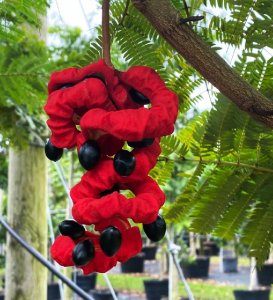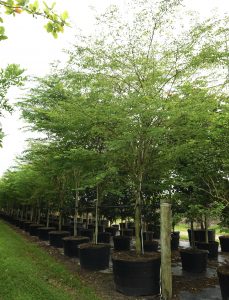Over its cycle of life, an individual tree undergoes changes in its physical form as well as variations in the role it plays in the forest ecosystem of which it is a part. The life cycle of a tree is similar to that of all living things, and can be summarized in four stages.
4 Stages of a Tree’s Growth – The Life Cycle
Germination
First seed germination. Trees produce a huge range of seed types, varying in shape, weight, size and color. Some seeds are in a protective hard shell, others are fleshy fruits. When ripe, seeds fall to the ground beneath the mother tree; or are carried by wind, water, wild animals and people to new locations. Where the seeds survive and encounter favorable conditions, they will germinate and begin to grow. Seeds are important wild animal food resources and natural predation is very high; trees must produce plentiful quantities of seeds in order to survive.
Young tree and Maturity
The second stage of a tree life cycle is the seedling, Sapling, young tree and maturity. As a tree grows, it develops a hardened trunk, branches, and roots, and increasing numbers of leaves for photosynthesis. At the seedling and sapling stages, a new tree is most vulnerable; because of its modest size makes its prone to physical damage and to the browsing of animals on leaves and tender bark. Young trees achieve maturity and produce flowers and fruits for reproduction.
The amount of time required to reach sexual maturity may be only a few years, but in some species it is much longer. There is a general correlation between the rate of tree growth and climate, trees in a humid tropical forest grow quickly, those in cool temperate forests quite slowly. Upon reaching maturing, a tree may remain healthy for decades and gradually increase in height and girth. Mature trees provide the maximum in environmental benefits to a forest.
Ageing
Ageing and Decline. Trees have a genetically-linked life expectancy that is highly variable depending upon the species. Some trees have a mature life of only a few years, others may live hundreds of years. A senescent tree loses vigor, growth slows and flowering may cease; it becomes more vulnerable to drought stress, diseases and insect attacks and root dieback, as well as to catastrophic events such as a lightning strike, forest fires, hurricane winds, volcanic activity or a landslide. By comparison, mature trees can often recover from such attacks and events.
Decomposition
The last part of a life cycle of a tree is death and Decomposition. A dead tree (a snag) may remain standing for some years and provide animal nesting habitat and insect food. Trees killed by a forest fire may be harvested for lumber. Decomposition is primarily carried out by fungi which break down the cellulose and liberate the nutrients back into the soil, until all traces of the tree disappear. The rate of wood decomposition is related to its density and to climate; in hot humid climates decomposition is most rapid, in cool and/or dry areas the process is very slow.
A mature forest contains many trees each at a different stage in its life cycle such that the forest is in a continuous process of regeneration and renewal. A forest with tree species at various stages in the life cycle is a healthy sustainable forest.





